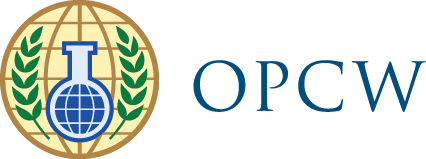On 19 March 2004, two teams of inspectors from the Organisation for the Prohibition of Chemical Weapons (OPCW) completed their initial inspection in Libya. The accuracy of the chemical weapons-related portion of the initial declaration was verified in the course of these inspections. The Libyan Government had submitted its initial declaration on 5 March 2004.
The declared Libyan chemical weapons stockpile includes: approximately 23 metric tonnes of mustard gas, as well as over 1,300 metric tonnes of precursor chemicals. In addition, one inactivated chemical weapons production facility, as well as two chemical weapons storage facilities, have been declared. The inactivation of the chemical weapons production facility has been verified.
OPCW inspectors have inventoried all declared chemical weapons and the related equipment and verified that the chemical weapons and equipment have been secured.
As of 3 March 2004, the OPCW’s inspectors had verified through continuous on-site monitoring the complete destruction of Libya’s entire declared stockpile of unfilled munitions. This stockpile comprised 3,563 unfilled aerial bombs, specifically designed to disperse chemical warfare agent. No filled munitions have been declared.
The Libyan Government has also submitted a general plan for destruction of the declared chemical weapons stockpile for review by the OPCW’s Member States.
Following this review, the final destruction process under international verification will be conducted in Libya. The complete destruction of Libya’s chemical weapons and the capacity to produce them must be completed by 29 April 2007 as foreseen by the Convention.
OPCW Director-General, Rogelio Pfirter, commended the continuing full support and cooperation provided by the Libyan officials, noting, “The progress achieved thus far in the implementation of the Convention in Libya is heartening. Libya has and, we expect, will contribute significantly to our common mission of entirely eliminating these horrific weapons.”
10/2004
